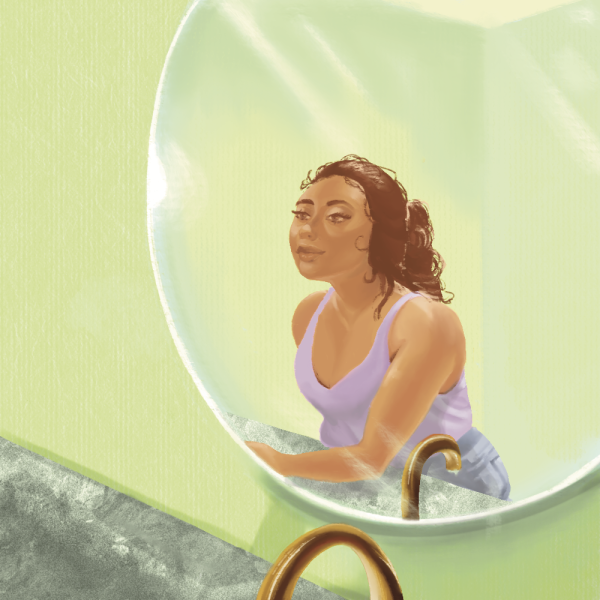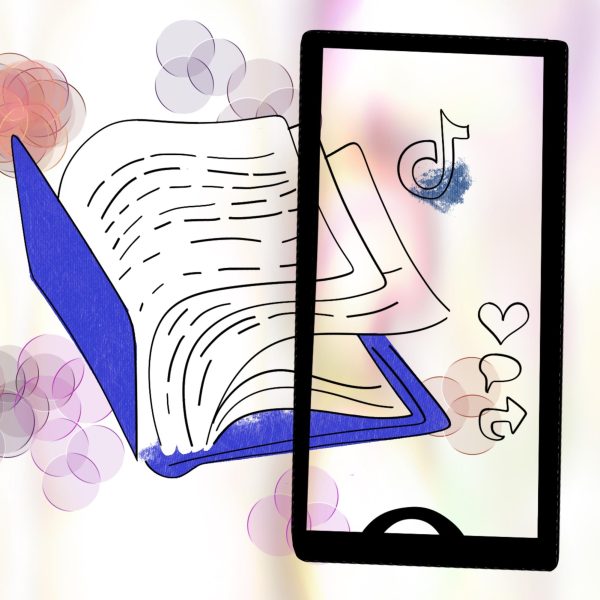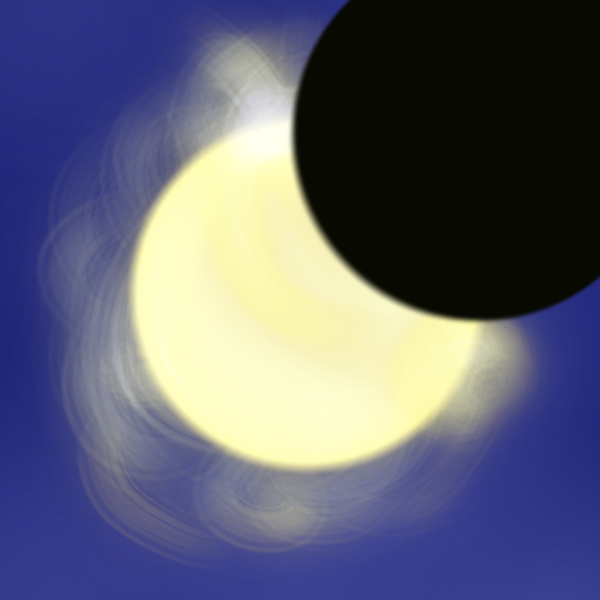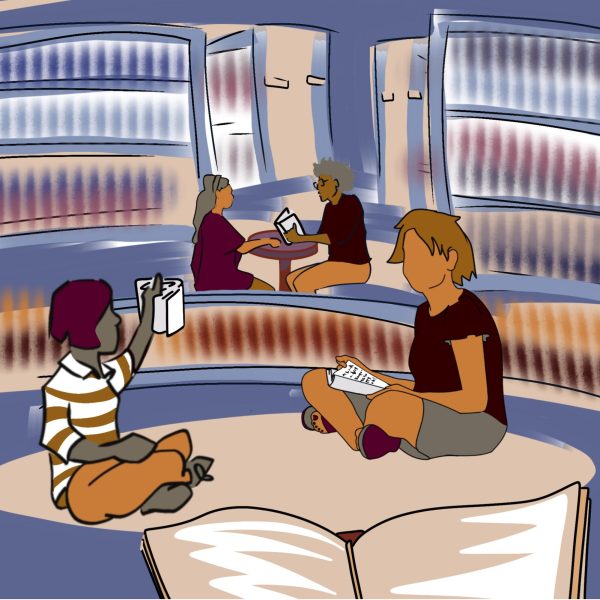Opinion: Speculations on creativity and mental illness
March 9, 2012
Hank Venetta
Hank Venetta is a senior English major and columnist for the Daily Kent Stater. Contact him at [email protected].
When I think of great artists, unresolved questions go through my head.
Is artistic expression an act of escape or self-confrontation? Is the artist’s disposition due to traumatic experience or born instinct? Is there a link between creative genius and mental illness?
As it turns out, the last question is most answerable in terms of evidence. It appears Aristotle’s remark, “there was never a genius without a tincture of madness,” has some truth to it.
Psychologists from Harvard University and the University of Toronto did a study in 2003 that suggested a relationship between low levels of latent inhibition and creative people. Latent inhibition is the biological proclivity to disregard external stimuli that are irrelevant to basic survival needs. In order to live, animals need a way to filter through the vast amount of objects in their environments to avoid distraction. A useful evolutionary adaptation gradually emerged: the ability to ignore the familiar.
Usually, we’ll see an ordinary object and think nothing of it. A creative individual who has low latent inhibition, however, will fixate on ordinary objects and notice qualities that are more complex and significant. These qualities may be symbolic, abstract or beautiful.
“It appears likely that low levels of latent inhibition and exceptional flexibility in thought might predispose to mental illness under some conditions,” said Harvard researcher Shelly Carson.
One example involves the early stages of schizophrenia. Evidently, neurological changes occur in future schizoids, which reduce their levels of latent inhibition. As a result, the individual’s thought processes become increasingly erratic. No longer can they differentiate between practical affairs and bizarre ideas. A normal person’s thoughts follow a straight line, whereas those who are intensely creative go nowhere in particular, like an “S.”
Under exceptional circumstances, a combination of low latent inhibition and high intelligence could be the make-up of a genius. In other words, intelligence allows a person with low latent inhibition to handle their random thoughts and create something meaningful out of them.
Artists are wired in a way that enables them to unearth things difficult to identify and communicate in clear language. When they peer under the surface and notice the unnoticeable, their discoveries may become the source of obsession and madness. This is partially due to irregular thought, but also, I think, because the person has found something so profound that he or she cannot express it in an ordinary way, which brings out a sense of alienation.
It also brings out the need for art, which is the attempt to convert what’s subtle and inexpressible into a form. Perhaps the completion of a great project is a temporary release from obsession.
We can further investigate the link between illness and creativity by looking at numerous samples from a larger population. This is anecdotal evidence, which I’m not sure really qualifies for good support. But if you’ve ever noticed a preponderance of suicides and mental dysfunction among famous artists, you’re not alone.
“Here I am, all depressed, surrounded by the happiest people in the world: writers,” groaned Moe from The Simpsons. Manic depression, bipolar disorder, OCD and other mental disorders are rampant in the writing community.
David Foster Wallace hung himself in 2008 after a short period without anti-depressants. Virginia Woolf drowned herself. She left a note to her lover that talked about “hearing voices again.” Ernest Hemingway’s wife came across her husband one morning; the writer’s head was missing above the lower jaw — he had placed a shotgun barrel into his mouth and pulled the trigger.
Edgar Allen Poe died under eerie circumstances, most likely self-inflicted. Hunter S. Thompson put a bullet in his head. The list goes on and on.
A plethora of musicians died from drug overdose or suicide: Hendrix, Morrison, Cobain, Staley and others. Many painters, photographers and sculptors suffered the same fate as well.
Arguably, there’s a heavy percentage of suicides from artists. Why? It comes with the territory.
In sum, I believe a link between mental illness and creativity exists. But progress in psychology isn’t like other scientific fields. Its objective demands cannot be met through the only possible testing, which is heavily
subjective, full of variables, and what I suspect is frequent manipulation from researchers and inaccuracies from participants. Regardless, further research on latent inhibition might pave the way for a better understanding of the artist’s mind.
Hank Venetta is a senior English major and columnist for the Daily Kent Stater. Contact him at [email protected].

























